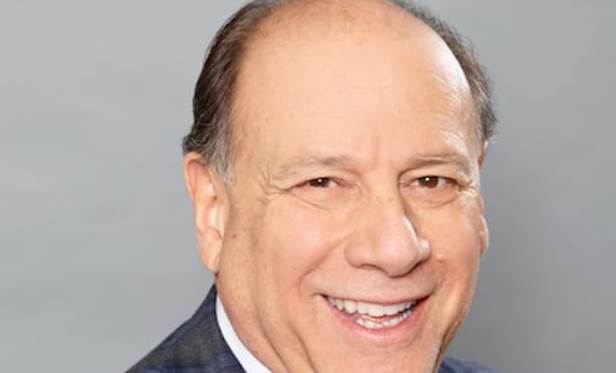 Orlick says even if businesses are complying with the requirements, many are still catching up.
Orlick says even if businesses are complying with the requirements, many are still catching up.
SAN FRANCISCO—As electric and hybrid vehicles in California continue to gain popularity, there is a growing proliferation of electric vehicle charging stations in the parking areas of hotels, theaters, stadiums and mixed-use properties. While owners and managers of these facilities are providing a much-needed service to guests, many are unaware that at least in California if those facilities provide electric vehicle charging stations, a certain number of them must be accessible to the disabled.
But if these businesses are complying with the requirements, many are still catching up, says Marty Orlick of Jeffer Mangels Butler & Mitchell. In this exclusive, Orlick recently addressed the practical side of accessible parking areas, how many are required at each property and how the increased numbers will affect developments.
GlobeSt.com: What are some of the practical considerations that need to be addressed with the proliferation of electric vehicle charging stations in the parking areas of CRE properties?
Orlick: There has been an explosion of ADA litigation across the US, particularly California, Florida and New York. From typical architectural barrier cases against retailers, including auto dealers, those of us in the ADA compliance and defense space are experiencing a plethora of cutting edge and complex website accessibility and other litigation. The federal courts have been inundated with ADA litigation.
Since more ADA lawsuits are filed in California than any other state by more than a two-to-one margin, and because more electric and hybrid cars are sold here, is it any wonder that California is the first state to adopt comprehensive accessibility guidelines for electric vehicle charging stations/EVCS? In California, Tesla and other electric vehicle dealerships are the targets of ADA lawsuits, as well as owners and operators of office buildings, hotels, shopping centers, retail stores, sporting venues, hospitals, transit centers, airports, wineries and other public accommodations have also experienced an uptick in ADA claims. Accessible facilities, including EVCS, promote the customer experience, increase sales, and avoid expensive litigation and reputation risks. So, whether on highways, at dealerships or at work, if your EVCS are not accessible to guests with disabilities, customers, tenants or transit parkers, there are several things you need to know.
Some of the practical considerations that need to be addressed with the proliferation or EVCS in these venues are that the owners and operators first need to know that the California building code was recently amended to regulate EVCS accessibility. The ADA applies to those who own, lease to, lease from or operate places of public accommodations, that is, businesses that are open to the public.
GlobeSt.com: How many charging stations per property must be accessible to the disabled?
Orlick: In California, if your commercial facility provides EVCS facilities to your customers or guests, you must also provide a certain number of stations that are accessible to persons with disabilities. California's accessibility regulations for EVCS went into effect on January 1, 2017. These regulations supersede and expand upon the state's little-known interim disabled access guidelines for electric vehicle charging stations adopted in 1997. The California building code accessibility regulations include both scoping and technical requirements on where to locate ECVS, the number required to be accessible and how to make them accessible.
The number and type of accessible EVCS required to be accessible is determined by the total number of stations at a facility. Where one to four charging stations are provided for example, one van-accessible station must be provided. The California building code provides a number of specific requirements that need to be satisfied for the stations to be compliant. The building code provides a ratio of accessible charging stations to the total number of stations offered.
GlobeSt.com: How will the increased number affect property developments in the future?
Orlick: Most apartment communities, offices buildings, airports, shopping centers, retailers and arenas are expanding offering of EVCS. If they have savvy architects or are getting good advice from their installers, we will see more accessible charging stations in California and throughout the nation. It's good for business. It's good for risk management and customer awareness.
If you are going to install EVCS or already installed them, you should consult with experienced ADA lawyers and consultants to be sure you do it right.
© 2025 ALM Global, LLC, All Rights Reserved. Request academic re-use from www.copyright.com. All other uses, submit a request to [email protected]. For more information visit Asset & Logo Licensing.








